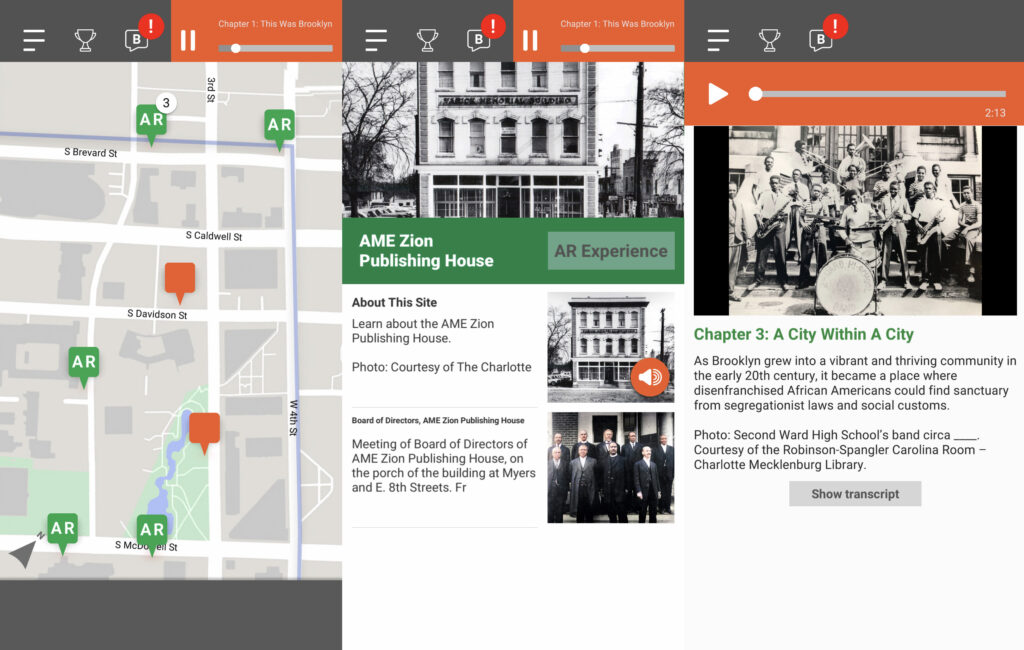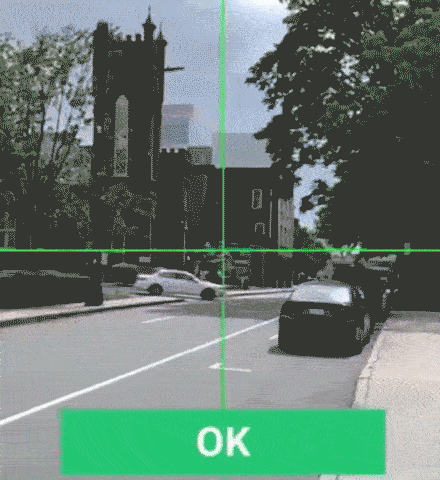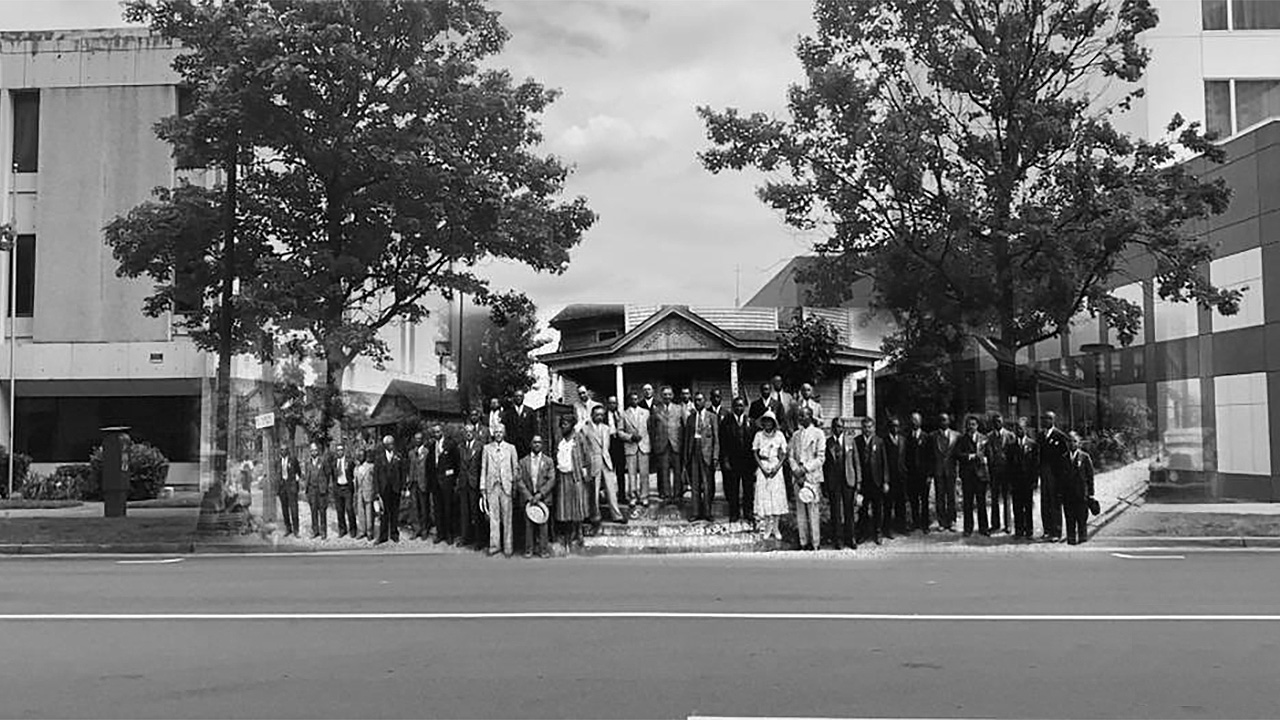On August 7, the Levine Museum Of The New South launched KnowCLT, an app that uses augmented reality (AR) and GPS technology to revisit the history of Charlotte, North Carolina’s Brooklyn neighborhood. The once-vibrant Black enclave was cleared in the name of urban renewal beginning in 1961 through the 1970s.
Developed in collaboration with the Johnson C. Smith University’s James B. Duke Library and built by non-profit game-makers Potions & Pixels, the app expands on the museum’s current exhibition, Brooklyn: Once A City Within A City, inviting visitors to tour the neighborhood in a whole new light.
How it works

The KnowCLT app offers users (from left) a map enabling access to seven AR experiences, narration that backgrounds each featured site, and audio chapters that recount Brooklyn’s rich history. Image: KnowCLT app
KnowCLT uses photography, poetry, audio narration, and the voices of former Charlotte residents to fully immerse visitors. The app serves users a map pinpointed with seven place-based AR experiences at locations including Alexander Funeral Home, Second Ward High, and AME Zion Publishing House. Once at these sites, users can step onto green-painted footprints on the sidewalks and hold up their smartphones to view AR reconstructions of these long-lost landmarks. Visitors outside of Charlotte are offered an AR-less experience, but can still access the app’s contents such as audio tours and personal testimonies.
“It allows people to access history where it actually occurred and explore the city’s past in new ways,” the Levine Museum’s Director of Exhibits and Digital Experiences, Eric Scott, told the Charlotte Observer of the app. Willie Griffin, a staff historian, added, “It’s much more tangible when you can go to a place and see what once stood here was a center of the Black community.”
KnowCLT is not the Levine Museum’s first foray into AR technology. In February 2019, the museum released HomeCLT, part of their #HomeCLT exhibit series, an app showing Charlotte’s demographic changes within various neighborhoods.
Why it matters

KnowCLT’s augmented reality feature in action. Image: @LevineMuseum on Instagram
AR has only grown in popularity as a tool for museums to create and animate exhibitions with an immersive bent. Due to its capacity to transform a viewer’s reality, the technology has also been sought out as a narrative device to contextualize or recontextualize whole environments. In a similar project, the Valentine Museum’s Monument Avenue walking tours use audio and AR to transport visitors through Richmond, Virginia’s historical past.
By giving visitors the chance to engage with history on such a physical and personal plane, projects such as KnowCLT and Monument Avenue make history approachable, immediate, and absorbing. As Kathryn Hill, Levine Museum’s President and CEO, has said, “It is incumbent upon us to stop thinking of ourselves as so facilities-bound. It is on-demand technology that brings history alive in the places where history happens.”
And AR is not the only piece of cutting-edge tech that’s being used to deliver powerful storytelling. In May, the Gilcrease Museum in Oklahoma presented The Legacy of Survival, an exhibition featuring life-sized videos of two survivors of the Tulsa Race Massacre. Trained on StoryFile’s conversational artificial intelligence technology, these videos were interactive: visitors could ask a variety of questions and receive responses from the videos, mimicking an organic conversation.
Also driving the KnowCLT are Levine Museum’s community support and engagement efforts. The app’s users can unlock achievements (by, say, visiting three AR experiences or completing the audio chapters) and redeem rewards at participating Black-owned businesses (a virtual coupon for 20 percent off at Hip Hop Smoothies, for one). Not stopping at reviving Brooklyn’s history and giving visitors a new appreciation for their surroundings, KnowCLT is bolstering the neighborhood’s present and future too.



